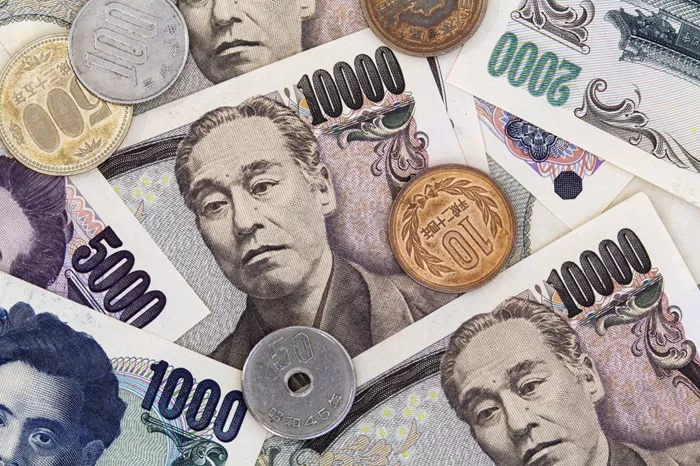Japan’s economy defied expectations with stronger-than-expected growth, supported by business investment and net trade, reinforcing the Bank of Japan’s (BOJ) ability to continue raising interest rates gradually. The nation’s Gross Domestic Product (GDP) expanded at an annualized pace of 2.8% in the three months ending in December, surpassing the consensus estimate of 1.1% and the previous quarter’s 1.7% growth rate, according to Monday’s report from the Cabinet Office.
While the economy showed steady expansion, some weaknesses emerged in the report. The increase in net exports was partly driven by a decline in imports, raising concerns about the strength of domestic demand. Although private consumption grew slightly, it slowed compared to the previous quarter, and on an annual basis, the value of private consumption was lower than it had been a decade ago.
Despite these challenges, the robust growth figures will likely bolster the BOJ’s stance, supporting its gradual approach to unwinding ultra-easy monetary policy. Economists predict that the BOJ will continue to raise interest rates cautiously, with a possible hike in the summer, rather than rushing into drastic changes.
“Private consumption has slowed, and inflation is weighing on consumption due to sluggish real wages,” noted Yuichi Kodama, an economist at Meiji Yasuda Research Institute. “However, overall economic growth suggests the BOJ will likely stay on track and proceed with incremental rate hikes.”
The yen strengthened to as much as 151.75 per dollar after the release, compared to 152.36 beforehand, highlighting investor confidence in Japan’s economy despite some areas of weakness.
Prime Minister Shigeru Ishiba has implemented a package of price relief measures to address inflation’s impact and support economic growth. He is negotiating with smaller opposition parties to secure additional voter-friendly measures, including a higher income-tax allowance and free high school tuition in the upcoming fiscal year’s budget.
Net exports played a role in the GDP boost, with imports dropping in part due to lower energy prices, and exports benefiting from higher spending by inbound tourists, which is categorized as service exports.
Looking ahead, Japan faces uncertainties in its trade outlook, particularly with US President Donald Trump threatening tariffs on trading partners, including Japan. Tokyo is working to secure an exclusion from Trump’s planned tariffs on steel and aluminum while awaiting details on any reciprocal measures.
While Japan’s trade outlook remains uncertain, services, especially from inbound tourism, are expected to continue growing, albeit at a slower pace. Despite challenges, the strong fourth-quarter growth allowed Japan to achieve 0.1% overall growth in 2024, avoiding the contraction many had expected. Japan also surpassed ¥600 trillion in nominal GDP for the first time in history, fulfilling a long-term goal set by former Prime Minister Shinzo Abe nearly a decade ago.
However, Japan’s global economic standing continues to be impacted by the weak yen, which depreciated more than 10% against the dollar in the past year, dimming the international value of its goods and services. Japan now ranks as the world’s fourth-largest economy, behind the US, China, and Germany, with India set to overtake Japan in the coming years.
Despite these challenges, Japan’s economy has shown resilience, giving the BOJ the confidence to stay on its rate hike path for the near future.
Related topics:
Gold Hits Record Highs, Nearing $3,000 Mark Amid Trade Uncertainty and Inflation Concerns
Crypto Market Experiences Minor Gains Amid Trade Tensions and New Tariffs


